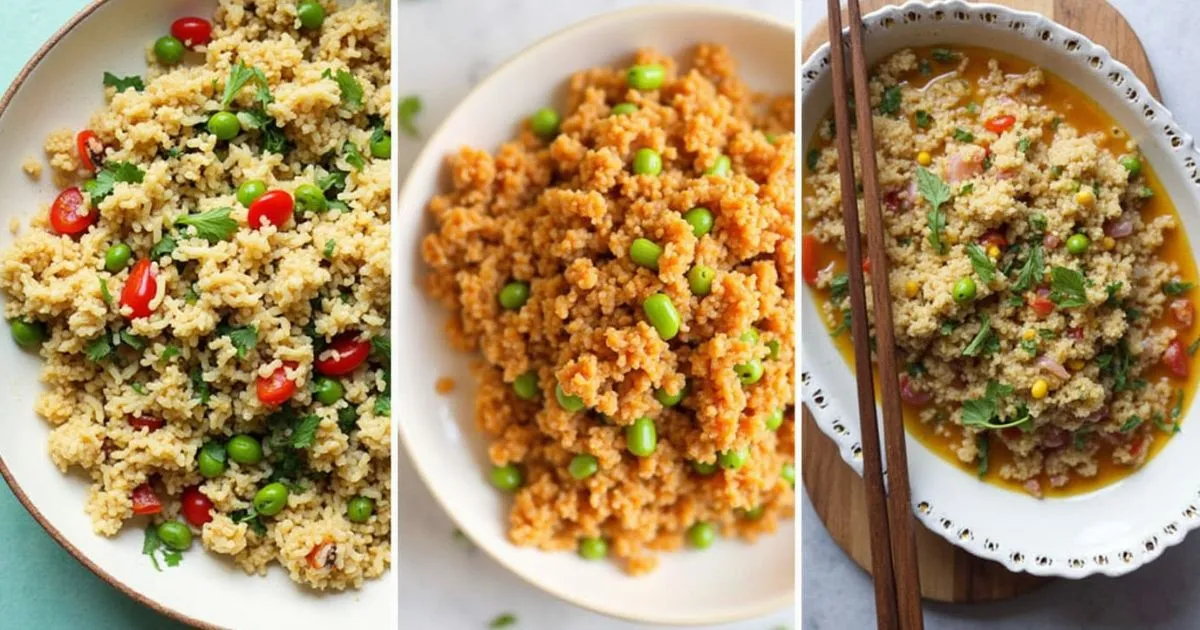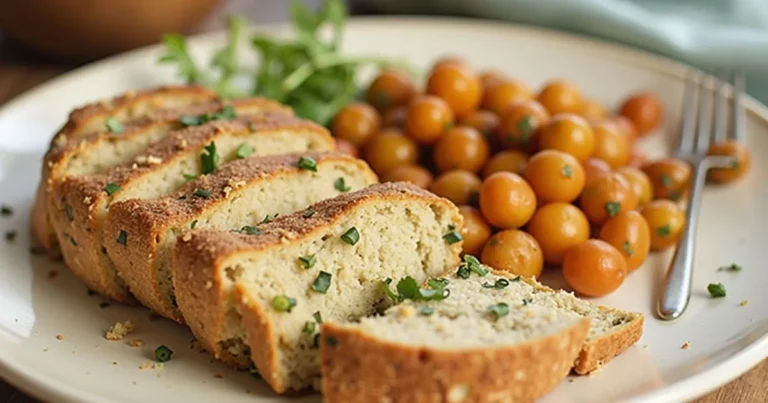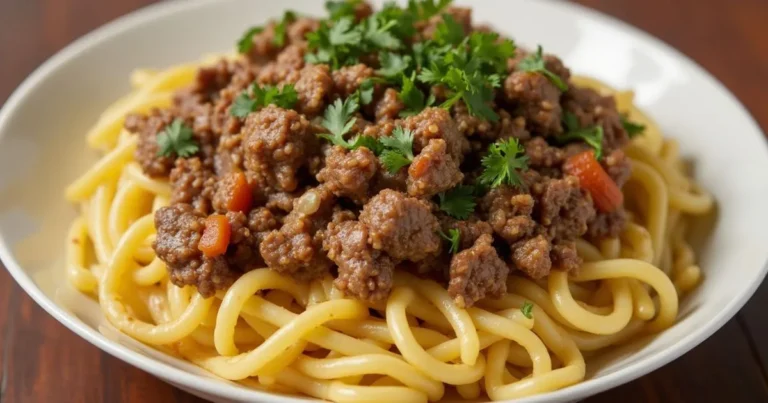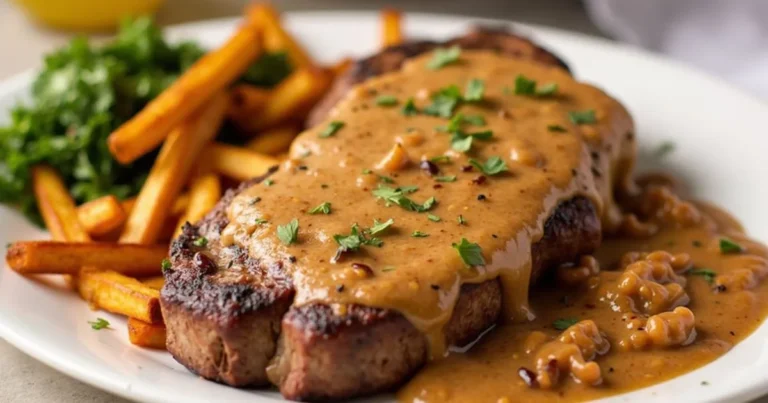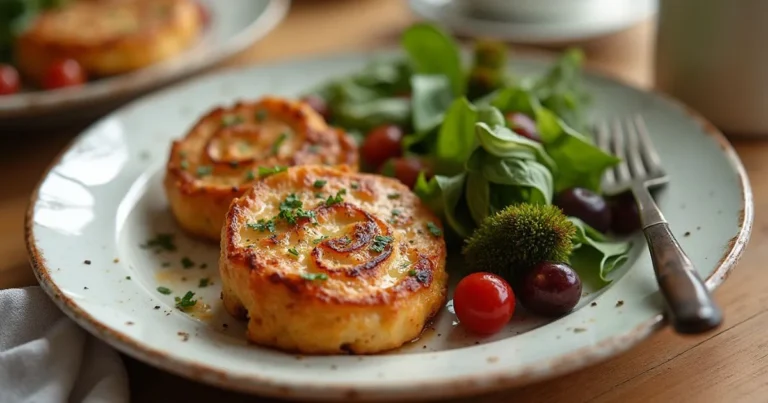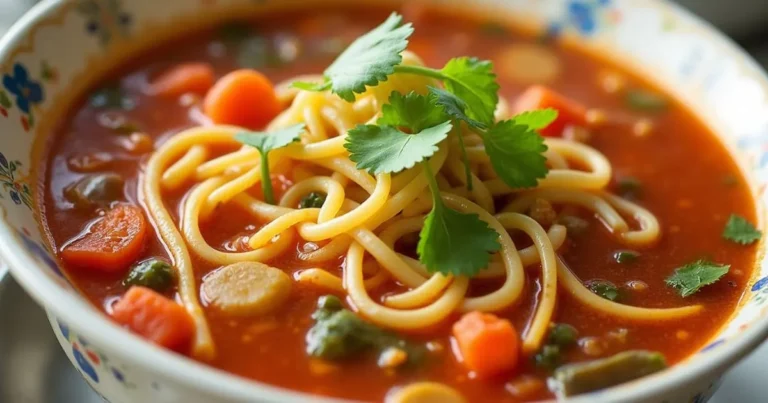15 Deliciously Easy Asian Recipes That Anyone Can Master
My Journey into Asian Cooking
God, I still remember that day. There I was, standing like a deer in headlights in the international aisle of Kroger, clutching my crumpled shopping list while staring blankly at shelves lined with dozens of sauces I couldn’t pronounce and packages covered in characters I had zero hope of understanding. My boyfriend had challenged me to cook something “besides the same five things,” and I’d stupidly agreed to try making his favorite General Tso’s chicken at home.
Big mistake. Huge.
That first attempt was a straight-up disaster. My wok (which I’d smugly purchased the day before) somehow made everything simultaneously burn AND turn soggy. The rice stuck together in gluey clumps that even my dog side-eyed. And that sauce? Let’s just say it tasted nothing like anything I’d ever been served in a restaurant—unless that restaurant specialized in salty disappointment.
I almost gave up right then. But here’s the weird thing – cooking disaster stories make for great dinner party conversation, so I tried again the next week. And honestly? It was still pretty bad. But slightly less bad. The third attempt was… edible? By the sixth try, my friends were asking for seconds.
Look, I’m not some culinary genius who magically mastered Asian cooking through divine inspiration. I’m just a regular person who kept showing up and learned that most of these intimidating-looking dishes follow some pretty simple patterns once you get the hang of them. And now, those same recipes that once terrified me are my go-to weeknight dinners when I need something delicious without ordering expensive takeout… again.
Table of Contents
Why These Easy Asian Recipes Will Transform Your Cooking Repertoire
Let’s be real – most of us see those gorgeous Asian dishes on Instagram and immediately think, “Yeah, no way I’m making that at home.” We’ve all convinced ourselves that Asian cooking requires some mystical culinary degree or ingredients you can only harvest during a full moon in the mountains of Japan.
Except… it doesn’t. And I’m still mad nobody told me this sooner.
Here’s what I discovered after finally getting over myself and actually trying:
- Normal-ass ingredients you can find: Forget making special trips to stores on the other side of town. Most of what you need is probably already lurking in your pantry or sitting at your regular grocery store. No, seriously. Soy sauce, garlic, ginger. Not exactly exotic unicorn tears.
- So damn fast to make: Listen, I’ve spent 3 hours making lasagna that wasn’t even that good. Meanwhile, my go-to stir-fry takes 15 minutes from fridge to plate. When it’s Wednesday night and you’re already thinking about just eating cereal for dinner, these recipes will save your soul.
- Learn 3 techniques, make 30 dishes: Once you figure out how to properly stir-fry (which is just “keep stuff moving in a hot pan”), you can make practically anything. It’s like unlocking a cooking cheat code that works across Chinese, Thai, Korean, and Japanese dishes.
- Tastes like the real deal: These aren’t sad, bland “healthified” versions that make you wish you’d just ordered takeout. The flavors are legit – bright, punchy, complex – but the techniques have been simplified for normal humans with normal kitchens.
- Your wallet will thank you: The last time I ordered Pad Thai for delivery, it was $16.99. BEFORE tip and fees. Making it at home costs maybe $3 per serving, and I’m being generous with that estimate.
The best part? These recipes are stupidly forgiving. Accidentally dumped in too much soy sauce? Add a little honey. Don’t have bok choy? Use spinach. Are measuring spoons still dirty in the dishwasher? Just eyeball it. The food police aren’t coming for you, I promise.
Essential Asian Pantry Staples for Beginners
Before you dive into making these recipes, let’s talk about the “scary” ingredients you’ll need to grab. And by scary, I mean completely normal stuff you can find at any Target or Kroger. Listen – no one’s expecting you to trek across the city to some specialty shop where you can’t read half the labels. Start with these basics:
| Ingredient | What To Do With It | How Long It Lasts | When You’re Desperate Substitute |
|---|---|---|---|
| Soy Sauce | Literally everything | Basically forever (2+ years) | Tamari, coconut aminos if you’re avoiding gluten |
| Rice Vinegar | Makes dressings pop, crucial for sushi rice | Years (like, multiple) | White vinegar + a pinch of sugar in a pinch |
| Toasted Sesame Oil | THE MAGIC ELIXIR. Just a few drops | 1-2 years in a cool cabinet | Nothing really compares, but a tiny bit of walnut oil works |
| Fresh Garlic & Ginger | The foundation of all good things | Few weeks (pro tip: freeze ginger!) | Pre-minced in jars works, powder as last resort |
| Rice | Obviously | Dry lasts forever, cooked about 4 days | Cauliflower rice if you’re doing the low-carb thing |
| Sriracha or Chili Sauce | Because bland food is sad food | Forever-ish (1-2 years) | Hot sauce + honey |
I spent years thinking I needed 47 different specialty ingredients to make “authentic” Asian food. Total waste of money. This simple setup lets you make dozens of recipes without buying one-hit-wonder ingredients that sit in your cabinet judging you for the next three years.
Where To Find This Stuff Without Going On A Wild Goose Chase
Let me save you some time:
- Your regular-ass grocery store. Seriously. Even Walmart has surprisingly decent international sections these days. You don’t need the imported bottle with the fancy label.
- Amazon or Weee! app when you’re feeling lazy. Sometimes they’re actually cheaper than stores, and they show up at your door. Win-win.
- If you do have an Asian market nearby, it’s worth popping in once a month. The prices will blow your mind (in a good way), and you’ll discover snacks that will ruin regular American junk food for you forever.
- Costco and Sam’s Club have been seriously upping their international food game. Their massive bottles of soy sauce and rice vinegar are ridiculously economical if you cook often.
And listen – the fancy premium imported stuff is great and all, but for beginners? The standard grocery store version works perfectly fine. No one’s going to revoke your cooking license for using Kikkoman instead of artisanal soy sauce aged in bamboo barrels for 17 generations.
Easy Asian Recipes: Chinese Classics Made Simple
Perfect Beginner’s Fried Rice
If you mess up fried rice, I honestly don’t know what to tell you. It’s practically designed for people who can barely boil water. Got leftover rice? Random vegetables? Congratulations, you’re 90% there already. Fried rice is the perfect “crap, what’s for dinner?” solution that somehow always tastes amazing.
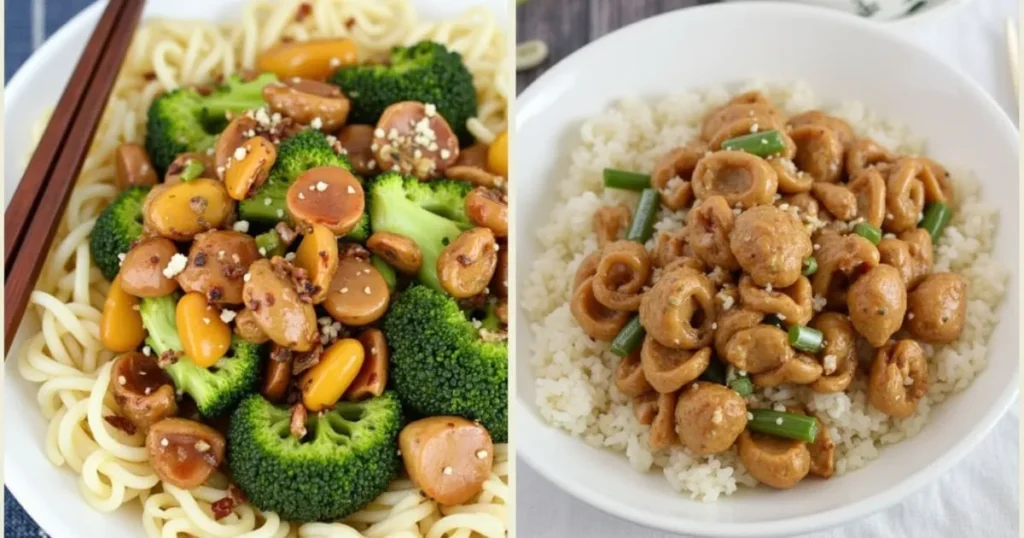
Throw This Stuff In A Pan:
- 2 cups COLD cooked rice (day-old rice from the fridge works 1000% better)
- 2 eggs, beaten (like your cooking confidence used to be)
- 1 cup whatever vegetables you have (frozen mixed veg works great when your crisper is empty)
- 2 green onions, chopped (white parts + green parts separated)
- 2 tablespoons soy sauce (more to taste, I won’t judge)
- 1 tablespoon toasted sesame oil (don’t skip this, it’s the secret weapon)
- 2 tablespoons neutral oil like canola or vegetable
- 1 clove garlic, minced (or more, vampires aren’t real)
The One Thing You Absolutely Cannot Screw Up: HEAT. Your pan needs to be HOT. Like, water-droplet-dances-across-the-surface hot. Start by scrambling your eggs just until barely set, then scoop them out. Throw in your veggies (starting with the white parts of green onions), stir for a minute, then add your rice. Break up any clumps like you’re taking out your frustrations on them. Once everything’s hot, toss the eggs back in, drizzle with sauces, and keep it all moving. Done. Dinner in 10 minutes flat.
The real beauty of fried rice is its “anything goes” vibe. Got leftover rotisserie chicken? Throw it in. Half a bell pepper about to go slimy in your fridge? Chop it up and toss it in. This isn’t just a recipe – it’s a life skill for turning sad leftovers into something you’d be excited to eat.
Simple Chicken Stir-Fry with Vegetables
Once you figure out stir-frying, you’ve unlocked half of Asian cuisine. It’s truly the cooking technique that keeps on giving – fast, healthy-ish, and infinitely adaptable.
The Players:
- Protein: 1 pound boneless chicken breast, cut into thin strips (chicken thighs work even better)
- Vegetables: 3 cups whatever looks good (bell peppers, broccoli, snow peas, onions, whatevs)
- The Secret Sauce: Mix 3 tablespoons soy sauce, 1 tablespoon cornstarch, 1 tablespoon sugar, 1 teaspoon grated ginger, and 2 cloves minced garlic in a small bowl
How To Not Screw This Up: PREP EVERYTHING FIRST. I cannot stress this enough. Once you start cooking, things move fast. Have all your ingredients chopped and your sauce mixed before you even think about turning on the heat.
Get your largest skillet screaming hot (cast iron works great). Cook chicken first until just barely done, then get it out of there. Toss in your vegetables, starting with the hardest ones first (looking at you, broccoli and carrots). When they’re bright and still a bit crisp, throw the chicken back in, pour that sauce all over, and stir like your dinner depends on it – because it does. In about 30 seconds, the sauce will transform into this glossy coating that makes everything irresistible.
Two massive rookie mistakes to avoid: 1) Cramming too much food in your pan (it steams instead of fries and gets gross), and 2) Stirring once every decade (things cook unevenly). Work in batches if needed and keep that food MOVING.
Easy Asian Recipes: Japanese Favorites for Home Cooks
Homemade Teriyaki Salmon
Few easy Asian recipes deliver such impressive results with so little effort as teriyaki salmon. The caramelized glaze creates a professional appearance while the balanced sweet-savory flavor satisfies even picky eaters.
4-Ingredient Teriyaki Sauce:
- 1/4 cup soy sauce
- 2 tablespoons mirin (or substitute 1 tablespoon honey mixed with 1 tablespoon water)
- 1 tablespoon granulated sugar
- 1 teaspoon freshly grated ginger
Preparation Method: Pat salmon fillets dry, then season with salt and pepper. Heat a non-stick skillet over medium-high heat, then place the salmon skin-side down. Meanwhile, mix the sauce ingredients in a small bowl. After the salmon cooks 4-5 minutes, flip carefully, then pour sauce into the pan. As it bubbles and thickens, spoon it repeatedly over the fish. The entire process takes under 10 minutes.
This technique teaches crucial skills—properly cooking fish, reducing sauces, and balancing flavors—while producing a meal worthy of dinner guests. Serve alongside steamed rice and a simple vegetable for a complete meal that feels restaurant-caliber.
Basic Miso Soup
Creating this comforting staple at home proves remarkably simple while introducing fundamental Japanese flavors. The umami-rich broth satisfies as either a starter or a light meal.
Simple Process:
- Heat 4 cups dashi (instant dashi granules work perfectly) or chicken broth
- Remove from heat, then whisk in 3-4 tablespoons miso paste
- Add 4 ounces cubed silken tofu and 2 tablespoons dried seaweed
- Garnish with thinly sliced green onions
Many first-timers discover that homemade miso soup tastes substantially different from restaurant versions—fresher, more nuanced, and less salty. This quick preparation introduces key Japanese ingredients while requiring minimal active cooking time, making it ideal for beginners exploring easy Asian recipes.
Easy Asian Recipes: Korean-Inspired Dishes
Beginner’s Bibimbap Bowl
This customizable rice bowl perfectly exemplifies the beauty of Korean cuisine—vibrant, vegetable-forward, and endlessly adaptable. As far as easy Asian recipes go, bibimbap offers maximum visual impact with straightforward preparation.
Essential Components:
- Steamed rice base (short-grain preferred but any type works)
- Protein option (ground beef seasoned with soy and garlic, fried egg, or tofu)
- Assorted vegetables (spinach, carrots, bean sprouts, cucumber)
- Gochujang sauce (Korean chili paste mixed with honey, sesame oil, and vinegar)
The brilliance lies in its assembly-line preparation. Cook rice while preparing various toppings, each in its small batch. Season vegetables lightly, maintaining their flavors. Arrange everything attractively over rice, then drizzle with sauce that brings everything together.
This approach teaches proper vegetable preparation while creating a visually stunning meal. The varying textures and temperatures—warm rice, freshly cooked vegetables, and cool garnishes—create complexity without complicated techniques.
Quick Kimchi Fried Rice
Store-bought kimchi transforms ordinary fried rice into a complex flavor explosion with minimal effort. This shortcut delivers authentic Korean flavors without fermentation projects.
Sauté kimchi until slightly caramelized before adding day-old rice. The kimchi provides sufficient seasoning, though a dash of soy sauce adds depth. Finish with a fried egg on top, where the runny yolk acts as a rich sauce when broken. This 15-minute meal demonstrates how quality ingredients can do most of the flavor work in easy Asian recipes.
Easy Asian Recipes: Southeast Asian Delights
15-Minute Pad Thai
This simplified version maintains essential flavors while streamlining preparation, making this beloved noodle dish accessible for weeknight cooking.
Technique Focus: Proper rice noodle preparation prevents the common beginner mistake of gummy, clumpy noodles. Instead of boiling, soak noodles in hot water until almost tender but still slightly firm. They’ll finish cooking in the pan, absorbing flavor rather than water.
The sauce combines equal parts brown sugar, fish sauce, and lime juice with a small amount of ketchup (a beginner-friendly substitute for tamarind). Stir-fry soaked noodles with this mixture until absorbed, then add bean sprouts and green onions for freshness. This approach delivers remarkable authenticity with pantry staples.
Vietnamese-Style Fresh Spring Rolls
These uncooked rolls offer a refreshing alternative that allows vegetable flavors to shine. The transparent rice paper wrappers create a visually stunning presentation without requiring cooking skills.
Rolling Technique:
- Soak rice paper briefly in warm water until pliable but not completely soft
- Arrange fillings (lettuce, herbs, cooked shrimp, rice vermicelli) on the bottom third
- Fold sides inward, then roll tightly from bottom up
- Practice makes perfect—even “ugly” rolls taste delicious!
Dipping Sauce Options:
- Peanut sauce (peanut butter, hoisin sauce, splash of water)
- Sweet chili sauce (store-bought works perfectly)
- Hoisin with crushed peanuts (quickest option)
These rolls demonstrate how presentation transforms simple ingredients into impressive dining experiences. Their preparation teaches careful handling techniques while producing results that look professionally crafted.
Tools That Honestly Help But Won’t Break The Bank
Look, you don’t need special equipment to make good Asian food. Your regular pots and pans will work fine. But if you’re starting to cook these dishes regularly, here are a few things that actually make life easier:
| Tool | What It Does | What It’ll Cost You | Do You Actually Need It? |
|---|---|---|---|
| Carbon Steel Wok | Gets screaming hot for proper stir-fries | $25-$60 | Nah (a big skillet works fine to start) |
| Rice Cooker | Makes perfect rice while you focus on other stuff | $30+ | Worth every penny if you eat rice weekly |
| Decent Chef’s Knife | Chops veggies without mangling them | $40+ | Absolutely – good for ALL cooking |
| Bamboo Steamer | For dumplings and steamed buns | $15-$30 | Total luxury item, but cheap enough |
| Kitchen Scale | Because measuring cups suck for accuracy | $15 | More useful than you’d think |
Don’t go nuts buying stuff all at once. Use what you have, then add pieces as you figure out what you cook most. I used a regular skillet for two years before finally getting a wok, and guess what? My food was still delicious.
When Things Go Wrong: Fixing Common Cooking Disasters
Even people who cook for a living screw up sometimes. Here’s how to fix the most common issues:
“Why Is My Stir-Fry a Soggy Mess?”
If your stir-fry looks like sad vegetable soup, you’ve probably made one of these mistakes:
- Cramming too much food in the pan (it steams instead of fries)
- Using super watery vegetables like zucchini or mushrooms without adjusting
- Not getting your pan hot enough before starting.
The fix isn’t complicated: Get your pan properly hot before adding anything, cook in small batches even if it’s annoying, and consider patting wet vegetables dry with paper towels before they hit the pan. Also, embrace the slotted spoon – it’s your best friend for leaving excess liquid behind.
“Why Does My Food Taste Like Absolutely Nothing?”
When your dish tastes like it was made by someone afraid of flavor:
- Add fish sauce (don’t worry, it doesn’t taste fishy when cooked)
- Splash in some rice vinegar or squeeze some lime.
- Finish with fresh herbs (cilantro, Thai basil, or even regular basil)
- Sprinkle with toasted sesame seeds, sliced green onions, or crushed peanuts.
- Remember the golden rule: most Asian cuisines balance sweet, salty, sour, and spicy.
Here’s a pro secret: season in layers throughout cooking, not just at the end. A little salt when you cook the protein, more flavor when you add sauce, and final adjustments at the end. This builds depth that makes your food taste like it came from someone who knows what they’re doing.
Meal Prep Tricks That Save Your Weeknight Sanity
The secret to getting Asian food on your table on a Wednesday night when you’re already exhausted? Do the annoying parts ahead of time:
- Sunday sauce jars: Mix up stir-fry sauces and store in mason jars. Takes 5 minutes but saves you from measuring 6 different things when you’re hangry.
- Chop once, eat twice: Prep vegetables in batches. Bell peppers, carrots, broccoli – they all keep fine for a few days once chopped.
- Rice in bulk: Make double the rice you need, then portion extras into freezer bags. Microwave for 2 minutes when needed (bonus: day-old rice makes better fried rice anyway).
- Marinate and freeze: Season meat before freezing so it marinates as it thaws. Future you will be so grateful.
This isn’t fancy meal prepping where everything’s in perfectly matching containers – it’s just doing the annoying parts when you have energy so your Thursday self doesn’t cave and order DoorDash… again.
Just Start Already (You’ve Got This)
I know how it goes. You read recipes like this and think, “Cool, I’ll try that someday,” and then promptly order takeout for the fifth time this month. But here’s the thing – cooking Asian food isn’t some mystical skill reserved for culinary school grads or people who grew up with these traditions.
It’s just cooking. And you’re just a person who can follow directions and has taste buds.
Will your first attempt be Instagram-worthy? Probably not. Mine looked like sad cafeteria food. But it probably still tasted pretty damn good, because these flavor combinations are proven winners.
Start with whatever recipe made your stomach growl while reading. Was it the fried rice? The teriyaki salmon? Whatever it was, just try that ONE thing. Don’t overwhelm yourself with an entire Asian feast for your first go. Master one dish at a time.
Within a month of regular attempts, you’ll find yourself throwing together stir-fries without even looking at a recipe. You’ll start customizing things to your taste. You’ll save serious cash. And most importantly, you’ll have that smug satisfaction of saying “actually, I made this myself” when someone asks where you got the delicious food.
Your kitchen is waiting. These recipes aren’t getting any harder. Grab a pan and get started.
Questions People Ask About Easy Asian Recipes
What’s the absolute easiest Asian recipe for someone who can barely make toast?
Honestly? Fried rice. Got leftover rice, an egg, and literally any vegetables? You’re good to go. If you can scramble an egg, you can make fried rice. Teriyaki salmon is another almost impossible-to-mess-up option – four ingredient sauce, pour over fish, let it get all sticky and delicious.
Do I seriously need to buy a wok and all that special equipment?
Nope. Your regular pots and pans work just fine. I used a basic non-stick skillet for YEARS before getting a wok. Is a wok better for certain things? Sure. Is it necessary? Not. The same goes for fancy cleavers and specialized tools.
Where do I find this stuff without going to specialty stores?
Any decent-sized grocery store has what you need in the international aisle. Kroger, Publix, Safeway, whatever – they all carry the basics like soy sauce, rice vinegar, and sesame oil. If you want the good stuff (or better prices), Asian markets are amazing, but not required for beginners.
Can I make these recipes gluten-free?
Totally! Swap regular soy sauce for tamari or coconut aminos. Most Asian noodles are rice-based anyway, so they’re naturally gluten-free. Just double-check labels on pre-made sauces like oyster or hoisin, as some contain wheat.
How do I make these recipes less salty?
Look for low-sodium soy sauce as your base. Then amp up other flavors – more ginger, more garlic, fresh herbs, citrus juice or zest. This gives you the flavor complexity without the sodium bomb. Also, homemade stock instead of bouillon cubes makes a huge difference in soups.
What’s an easy Asian recipe that looks fancy enough for guests?
Fresh spring rolls look impressive as hell but require zero actual cooking. Or do a DIY bibimbap bar where everyone.

